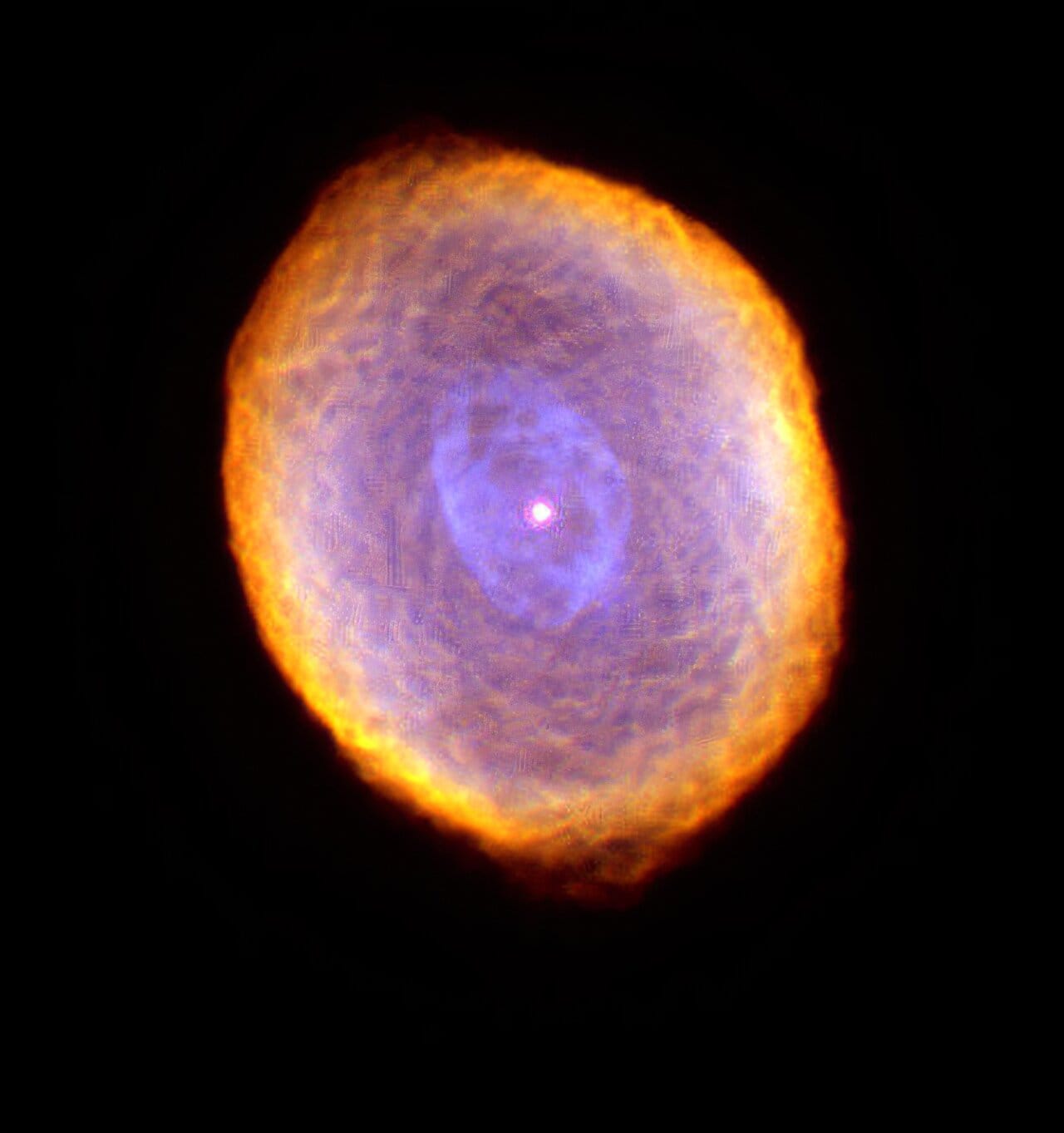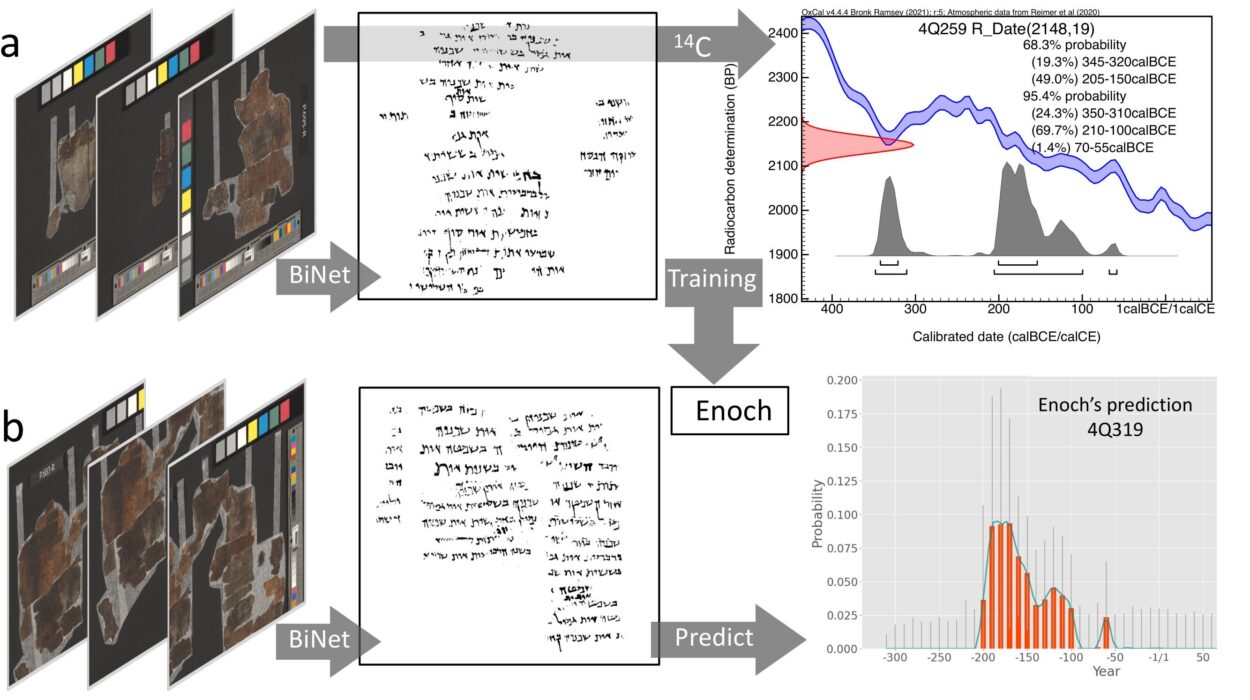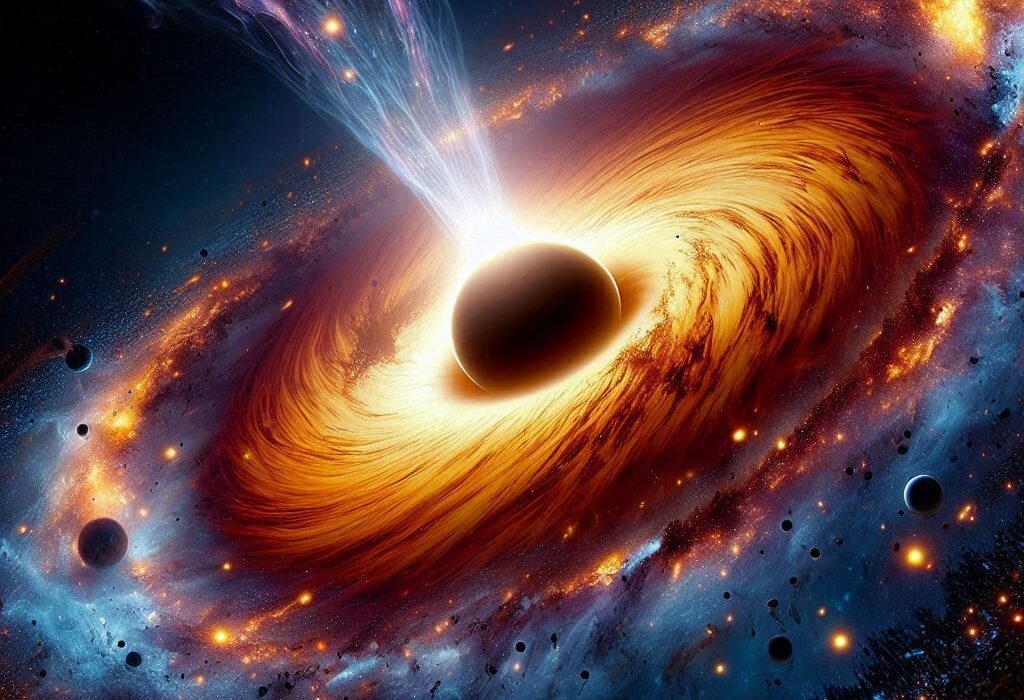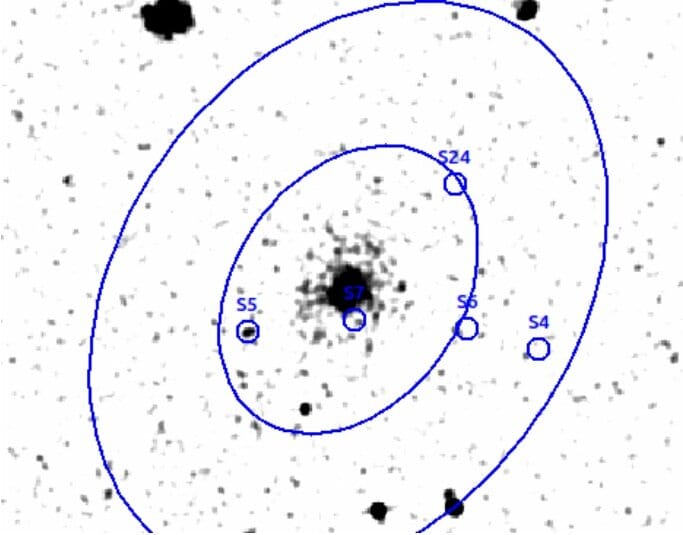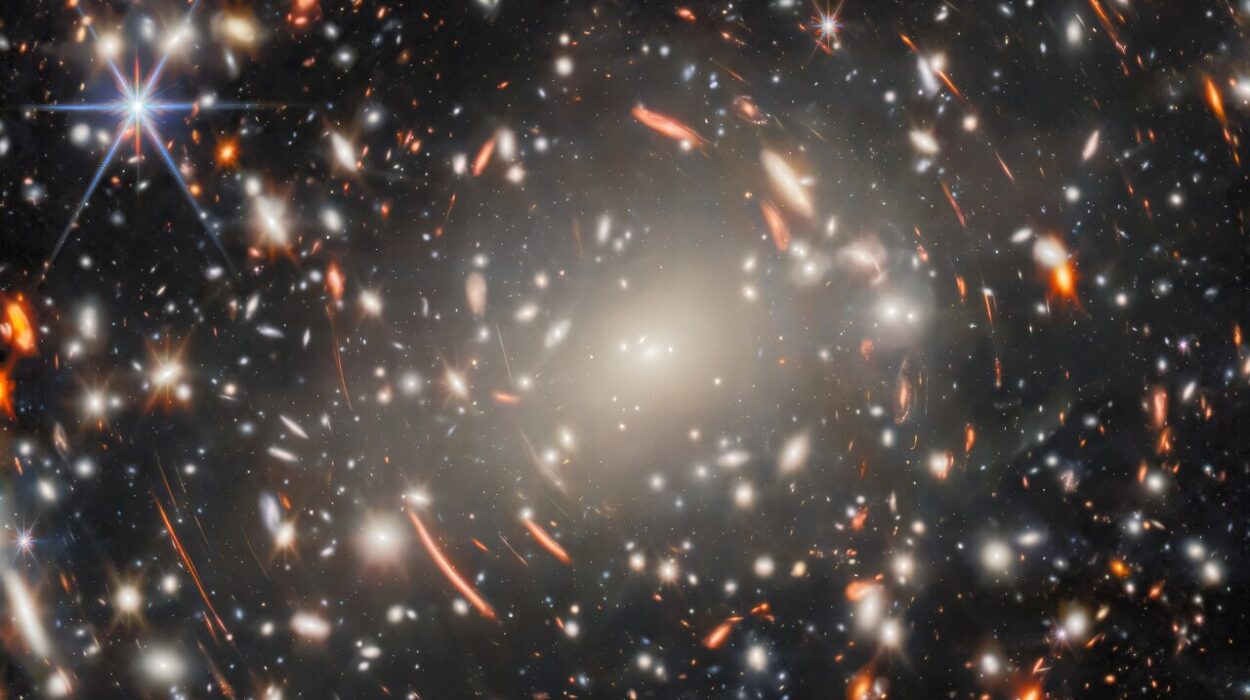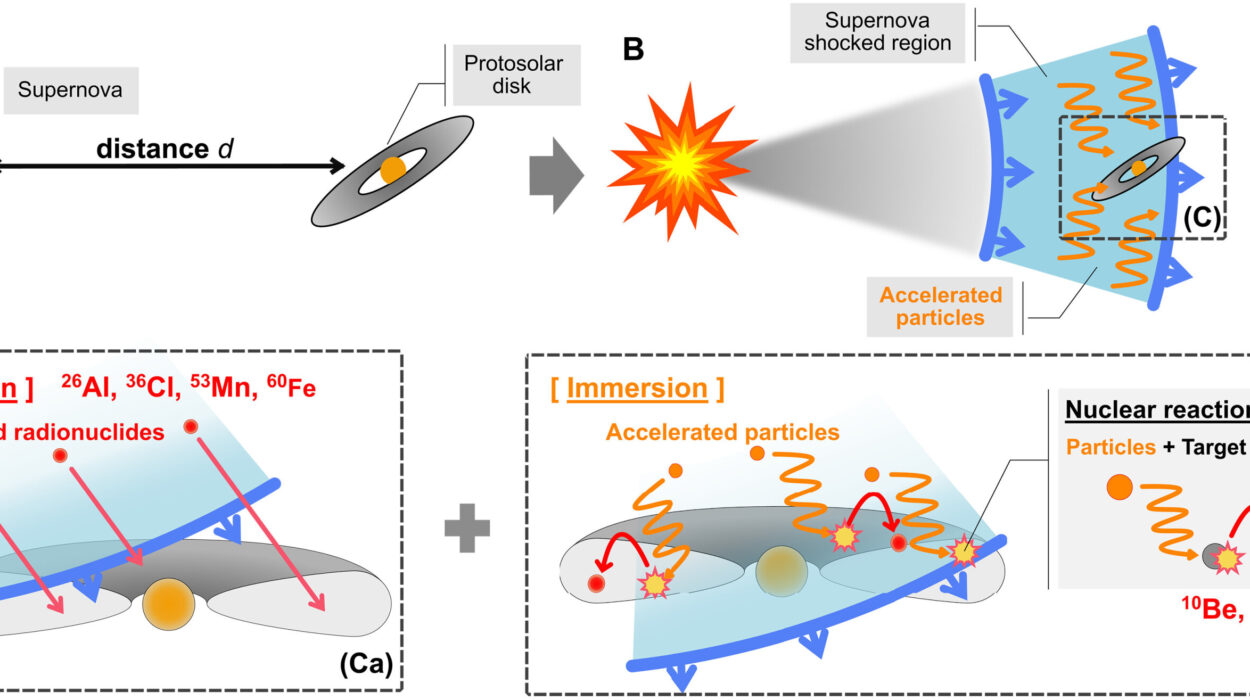For most of human history, the night sky has been a symbol of permanence. Stars seemed eternal, their twinkling light unchanged across generations. But a remarkable new study has shattered that illusion, showing that even stars can transform on timescales short enough to witness in a single human lifetime.
In a discovery that has stunned astronomers, researchers have directly tracked the slow but dramatic transformation of a dying star at the heart of the “spirograph” nebula—officially known as IC418—over the course of 130 years. Their findings, published in The Astrophysical Journal Letters, reveal that the star is heating up at a pace never before seen in a typical star.
The research draws on an extraordinary archive of observations, stretching back to 1893 when Victorian astronomers first sketched and measured the nebula through telescopes. By carefully piecing together this long timeline, scientists have uncovered the fastest stellar heating ever recorded, forcing them to rethink long-standing models of how stars die.
The Spirograph Nebula: A Dying Star’s Signature
IC418 lies about 4,000 light years from Earth in the constellation Lepus, a small and faint constellation often overshadowed by nearby Orion. At its center glows a star in its final act of life, surrounded by a swirling shell of expelled gas and dust that forms the nebula’s intricate pattern. Its structure is so finely detailed that astronomers nicknamed it the “spirograph nebula,” after the drawing toy that creates looping, geometric patterns.
What gives this nebula its glow is not the gas itself, but the intense radiation from the central star. As the star sheds its outer layers and grows hotter, it energizes the gas around it, producing vibrant colors visible through telescopes. Among these, the green light from ionized oxygen atoms has provided astronomers with a key measure of change across the decades.
A Century of Light: What the Records Reveal
By comparing measurements from the late 1800s to modern-day observations with advanced instruments, scientists found something astonishing: the green oxygen emission from IC418 has grown about 2.5 times stronger since Victorian astronomers first looked at it. This brightening reveals that the star at the nebula’s center has been steadily heating up, increasing in temperature by around 3,000°C since 1893.
That may sound gradual, but in cosmic terms, it is breathtakingly fast. The star is heating at a rate of about 1,000°C every 40 years. For comparison, our own sun increased by the same amount during its long formation period—but it took 10 million years to do so.
In the vast timeline of the universe, IC418 is evolving in a cosmic blink of an eye.
Challenging the Textbooks of Stellar Evolution
The most surprising aspect of this discovery is not simply the speed of the star’s heating, but the fact that it defies predictions. The latest models of stellar evolution had suggested that stars in this phase should heat even faster. The fact that IC418’s pace is slower than expected suggests that our understanding of how stars lose mass, produce carbon, and evolve into white dwarfs may need revision.
“We often ignore scientific data obtained long in the past,” explains lead researcher Professor Albert Zijlstra. “In this case, those data revealed the fastest evolution of a typical star that has ever been seen directly. The past shows that the skies are not as unchanging as we may think.”
If the models are wrong, astronomers may need to revise their estimates of which stars are capable of producing heavy elements like carbon—an element essential for life. This single star, dying quietly in the depths of space, may hold answers to the origins of life’s building blocks.
A Glimpse Into Our Sun’s Future
What makes this story even more captivating is that IC418’s central star is not an exotic giant or a rare supernova candidate. It is, in fact, a star quite like our own sun. In about 5 billion years, the sun will exhaust its nuclear fuel, shed its outer layers, and create a glowing planetary nebula before settling into the quiet state of a white dwarf.
The spirograph nebula offers us a glimpse into that distant future—a mirror reflecting what may one day happen to our solar system. For the first time, astronomers have watched such a transformation unfold almost in real time.
Watching the Sky Change Within a Human Lifetime
Astronomy often deals with timescales so vast that human lifetimes feel like brief sparks against the darkness. Stars are born, live, and die over millions or billions of years. The idea that anyone could watch a star significantly change in just over a century has always seemed impossible.
Yet IC418 has proven otherwise. From faint sketches made by hand in the 19th century to precise modern spectrographs, the evidence is clear: the nebula’s glow is brightening, its star is heating, and the sky above us is not as static as it seems.
Professor Quentin Parker, a co-author of the study from the University of Hong Kong, emphasized the rarity of this opportunity: “We believe this research is important because it offers unique, direct evidence of how planetary nebulae central stars evolve. It will prompt us to rethink some of our existing models of stellar life cycles.”
The Beauty of Long Patience in Science
This achievement is not only about one star but about the dedication of generations of astronomers. For more than a century, they recorded, archived, and preserved observations—sometimes little more than numbers scribbled in notebooks. Today, those historical records have become a treasure chest, enabling modern science to reach across time.
By carefully combining data from telescopes old and new, the research team could trace the evolution of IC418 in unprecedented detail. Their work is a reminder that progress in science often depends on the quiet patience of those who came before, whose measurements still hold secrets waiting to be revealed.
A Sky That Lives and Breathes
The spirograph nebula is more than a curiosity—it is a reminder that the universe is alive with change. Stars are not eternal beacons frozen in time but dynamic, evolving entities. They grow, they transform, and eventually, they die.
To witness such transformation over a single human lifetime is extraordinary. It collapses the vast timescales of the cosmos into something tangible, something we can measure and even feel. For astronomers, it is both a challenge to their theories and an invitation to see the night sky not as a backdrop of fixed lights but as a living, breathing canvas.
In the end, IC418 tells us something profound: even in the cold depths of space, change is constant. The skies above us may look timeless, but if we watch closely—and patiently enough—they reveal the drama of birth, life, and death playing out among the stars.
More information: Albert A. Zijlstra et al, The Secular Evolution of Planetary Nebula IC 418 and Its Implications for Carbon Star Formation, The Astrophysical Journal Letters (2025). DOI: 10.3847/2041-8213/adf62b
